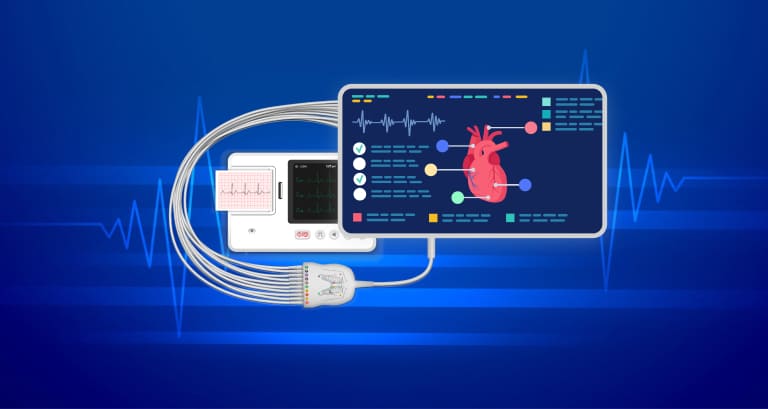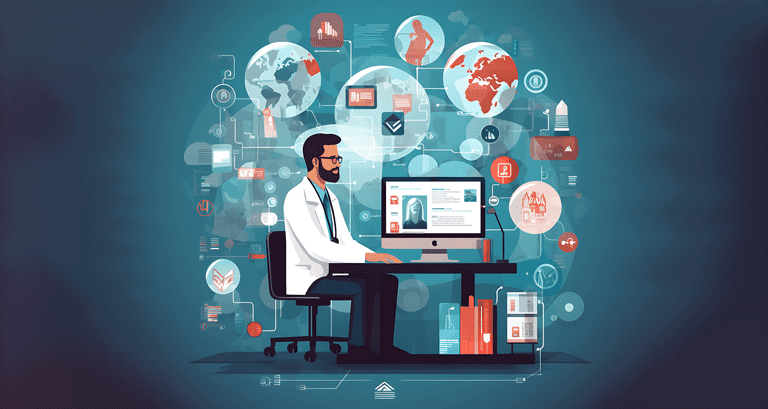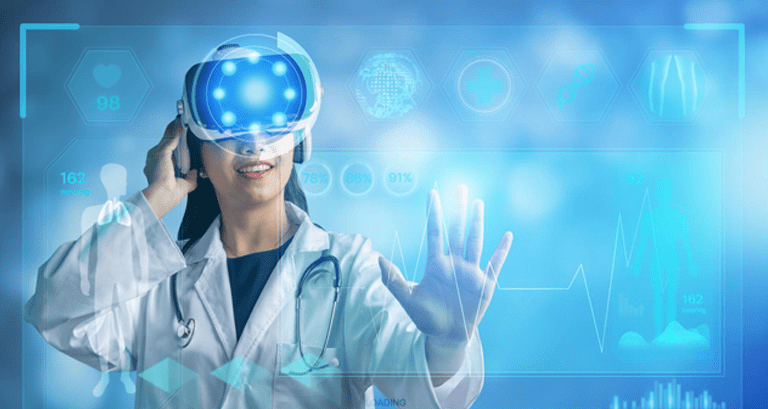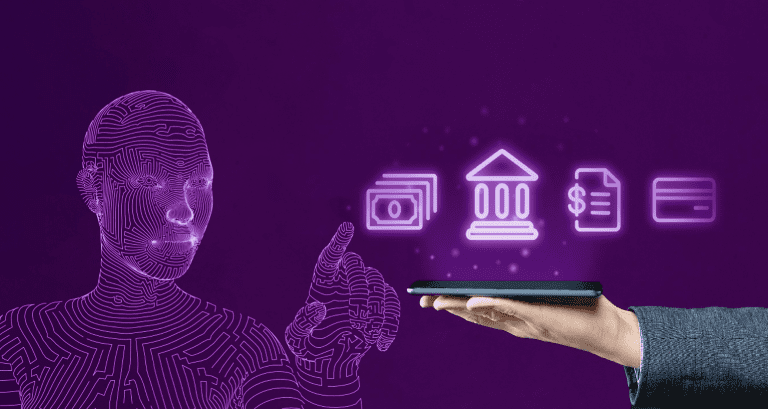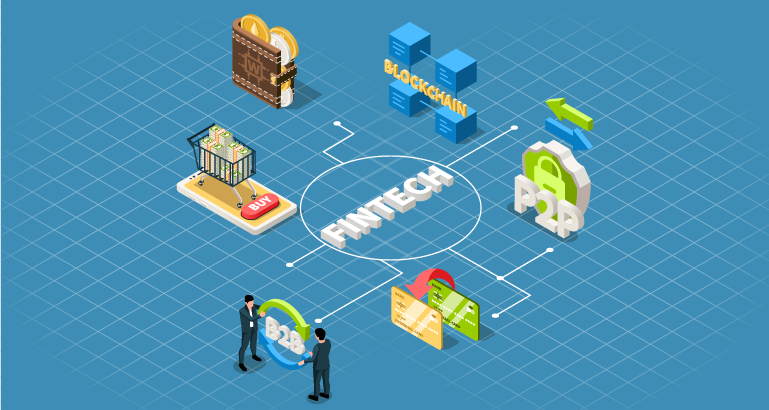Wireless Holter Monitoring: The Future of Cardiac Care
Wireless Holter Monitoring: The Future of Cardiac Care
Every year, millions of people die from heart disease around the world. Early detection and monitoring are crucial for preventing complications and improving patient outcomes. While traditional Holter monitoring has served as a vital diagnostic tool for decades, its limitations have become increasingly apparent. The cumbersome nature of the devices, involving wires and electrodes, often leads to patient discomfort, restricted movement, and potential signal interference, leading to patient non-compliance and inaccurate data collection.
Where wireless Holter monitoring is an innovative advancement in cardiac care, this provides a more comfortable and patient-friendly experience, resulting in higher compliance and better data for diagnosis and treatment planning. We understand the power of data in healthcare and implement wireless Holter monitoring solutions by providing robust data management solutions for the vast amount of data generated by these devices.
Wireless Holter Monitoring :
Wireless Holter monitoring is a non-invasive diagnostic technique that employs a small, wearable patch to continuously capture a patient's ECG activity over a specified period, typically 24 to 48 hours. This method offers a more comfortable and mobile alternative to traditional Holter monitors, allowing for a more comprehensive assessment of a patient's heart rhythm during their daily activities.
Wireless Holter monitor market growth :
The future of the Holter monitor market looks promising. The rising prevalence of cardiovascular diseases, a growing geriatric population, and increased demand for non-invasive cardiac monitoring devices are all expected to drive market growth. Wireless connectivity and advanced analytics are two examples of the technological advancements in Holter monitoring devices that are driving market growth.
Additionally, the rising adoption of remote patient monitoring and the integration of artificial intelligence in Holter monitors are expected to fuel market growth further. These advancements enable real-time monitoring and analysis of patient's heart activities, leading to quicker and more accurate diagnoses.
The Holter monitor market is expected to grow soon. Due to rising cardiac health awareness and a growing preference for non-invasive diagnostic techniques, the market is expanding steadily. Furthermore, Holter monitors and other remote patient monitoring devices minimize the risk of virus exposure while enabling healthcare providers to monitor patients remotely, the COVID-19 pandemic has increased demand for these devices.
Technologies used in Wireless Holter Monitoring :
Artificial Intelligence (AI) and Machine Learning:
AI and machine learning algorithms are increasingly being employed to enhance the accuracy and efficiency of data analysis in systems. These algorithms can continuously learn from vast amounts of cardiac data to improve their ability to detect subtle abnormalities and predict future cardiac events.
Wearable Sensors and Devices:
The integration of advanced wearable sensors and devices, such as smartwatches or patches, into wireless Holter monitoring systems allows for continuous and non-invasive monitoring of vital signs and cardiac parameters. These wearable devices can provide real-time data streams, enabling more comprehensive monitoring of patients' cardiac health in various settings, including home environments.
Internet of Things (IoT):
This technology enables seamless connectivity and data exchange between wireless Holter monitors, wearable devices, and healthcare provider systems. By leveraging IoT connectivity, healthcare providers can remotely monitor patients' cardiac status, receive real-time alerts for critical events, and deliver personalized interventions as needed.
Cloud Computing and Big Data Analytics:
This empowers healthcare providers to store, analyze, and derive insights from large volumes of cardiac data generated by systems. These technologies enable scalable and secure data storage, real-time data processing, and advanced analytics techniques such as predictive modeling and population health management.
Benefits:
Remote Monitoring:
Wireless Holter monitors continuously capture heart rhythm data and transmit it in real time via secure wireless connections. This streaming data, combined with low latency (minimal delay), allows healthcare providers to remotely track a patient's heart health, eliminating the need for frequent clinic visits. This is particularly beneficial for those in remote areas or with limited mobility, providing crucial healthcare access to a wider population.
Faster Data Analysis:
Equipped with advanced software, these devices can analyze the collected data autonomously. This automation goes beyond simply recording; it identifies potential abnormalities in heart rhythm, offering healthcare providers a quicker understanding of a patient's cardiac health. Faster analysis translates to earlier detection of heart problems, allowing for swifter intervention and ultimately, improved patient outcomes.
Improved Patient Comfort and Compliance:
The lightweight, patch-like design of wireless monitors allows patients to go about their daily activities with greater ease. This increased comfort translates to better compliance with wearing the monitor for the prescribed period, leading to more accurate data collection.
Enhanced Data Accuracy:
Without wires or electrodes to snag or detach, wireless monitors minimize signal interference, resulting in a clearer picture of a patient's heart rhythm. This accurate data is crucial for effective diagnosis and treatment planning.
Diagnosis and Intervention:
Advanced software integrated within wireless monitors can analyze data autonomously, identifying potential abnormalities in heart rhythm. This faster analysis allows healthcare providers to detect heart problems earlier, enabling quicker intervention and improved patient outcomes.
Streamlined Data Management:
The vast amount of data generated by wireless monitors requires robust data management solutions. By implementing secure storage, efficient analysis tools, and clear data presentation, ensures accurate diagnoses and effective treatment plans.
Reduce cost:
By providing continuous and accurate ECG monitoring, eliminating the need for repeat tests and diagnostic procedures, and detecting abnormalities early, it prevents complications and reduces hospital admissions, saving on inpatient care expenses. Additionally, remote monitoring allows for timely interventions, preventing costly emergency treatments.
Conclusion :
Wireless Holter monitoring is transforming cardiac care. It offers a more comfortable, mobile, and accurate diagnostic experience compared to traditional methods. With advancements in AI, wearable sensors, and data management, empower healthcare providers to remotely monitor patients, analyze data efficiently, and deliver timely interventions. This technology holds immense potential for improving patient outcomes, particularly in the early detection and management of heart disease. As the market for wireless Holter monitors continues to grow, we can expect even more innovation in this field, paving the way for a future of personalized and preventive cardiac care. We are at the forefront of this innovation, connecting with NU10 to unlock the power of efficient Holter data and transform your approach to cardiac care.
About Author
Gururaj Potnis
Gururaj Potnis is an accomplished entrepreneur with 18 years of experience across ventures such as Erasmic Consulting, Manthan, and Idea Bubbles. An alumnus of IIM Calcutta and IIT Delhi, Gururaj has a proven track record of steering organizations through growth and transformation. His leadership philosophy centers on fostering innovation, nurturing talent, and delivering scalable, future-ready solutions that resonate across industries.

